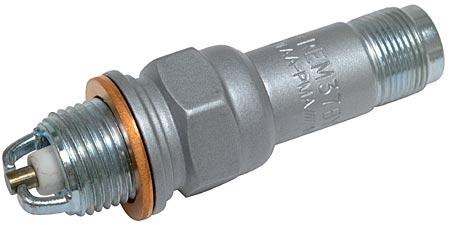Can you? Almost certainly yes. The two planes fly pretty much the same, and despite some minor differences in the Lycoming versus Continental engines, in most conditions those differences are largely insignificant.
Would it be legal? Absolutely certainly no. The C-152 and C-150 are different models as that term applies in 14 CFR 61.87(n):
(n) Limitations on student pilots operating an aircraft in solo flight. A student pilot may not operate an aircraft in solo flight unless that student pilot has received:
(1) An endorsement from an authorized instructor on his or her student pilot certificate for the specific make and model aircraft to be flown; and
(2) An endorsement in the student's logbook for the specific make and model aircraft to be flown by an authorized instructor, who gave the training within the 90 days preceding the date of the flight.
Since you are "signed off" only for the C-152, that's the end of that.
That said, having flown with you and signed you off for solo in a C-152, it would be legal for your instructor to sign you off for the C-150 without actually flying with you in a C-150, since the 150 and 152 are very similar, and 61.87 says:
(c) Pre-solo flight training. Prior to conducting a solo flight, a student pilot must have:
(1) Received and logged flight training for the maneuvers and procedures of this section that are appropriate to the make and model of aircraft to be flown; and
(2) Demonstrated satisfactory proficiency and safety, as judged by an authorized instructor, on the maneuvers and procedures required by this section in the make and model of aircraft or similar make and model of aircraft to be flown.
Since you've obviously received training in the 152 in all the maneuvers appropriate to the 152, and since there really aren't any maneuvers you can do in a 150 that you can't in a 152, your instructor could sign you off for solo in a C-150 based on the flight training s/he gave you in a C-152 without ever actually giving you flight training in a C-150. That would require additional endorsements on the back of your Student Pilot certificate and in your logbook. In addition, 61.87(b)(1)(iii) would also require an additional written test on the "Flight characteristics and operational limitations" of the C-150, at least as they differ from the C-152, e.g., fuel capacity and engine limitations on those two are different.
Now, would your instructor be amenable to that? I doubt it. Given my responsibility and liability for your safety, I would want to fly at least a couple of times around the pattern with you, especially to be sure you understand what happens when you select 40 flaps on final -- the difference in drag from 30 flaps is impressive. In addition, the flight school may have insurance rules prohibiting solo flight without an actual checkout flight in make/model. But you can certainly ask.

